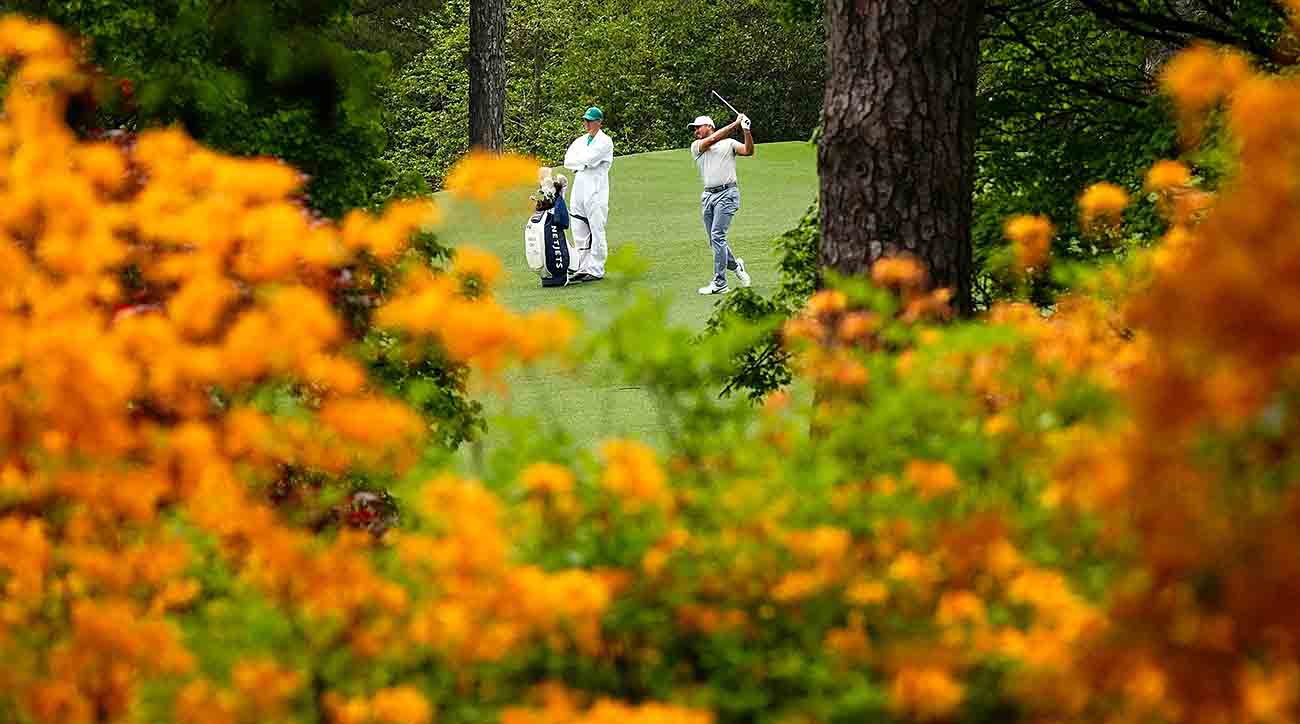The Masters Should Have Its Own Qualifying Tournament

What do you give to a professional golfer that has all he could ever want or need?
It’s tough to find such a gift, but around this time every year a green envelope with a calligraphed name on its front appears in the mail.
Usually only 100 or so golfers receive the cherished invite to play in a toonamint in April in Augusta, Ga. (Here's the current unofficial qualifiers list.)

And while more transparent then in the past, the invitation process for the Masters has been an ongoing affair since it was called the first Annual Invitation Tournament in 1934.
First held in late March, the initial field included 72 players, 60 professionals and 12 amateurs and was played over four days, breaking a tradition for most competitions of playing 36 holes on the third and final day.
The winner, American Horton Smith, received an invite back to Augusta National, a masterpiece designed and built by Alistair MacKenzie and Bobby Jones from the old Fruitland Nurseries.
Smith would play in the Masters annually from 1934 to 1963 (war years excepted) with a second victory in '36.
And over his 27 Masters, Smith would see numerous changes of how the field was constructed.
In 1934, only four of the 72 players were from outside the United States, with three from England (C.T. Wilson, Harry Cooper, C.G. Stevens) and one from Canada (C. Ross Somerville) and only Cooper was a professional.
On April 1, 1951, a New York Times headline in sports read “Entire U.S. Walker Team in Masters Golf Tourney at Augusta.” And it wasn’t an April Fool’s gag.
That year 17 amateurs teed it up in a field of just 64.
The last time 10 or more amateurs received invitations to the Masters was 1988, and at the same time the number of professionals from overseas ballooned from just 14 in 1989 to 40 in 2004 and 53 in 2009.
Over time the process of getting into the Masters has changed and while the term "invite" is used, there is an ad-hoc qualifying process in place.
A past winner has always been invited back, but over time even that invitation has been scaled back so former champions are invited back every year, but not necessarily invited to compete.
Other invitees include major winners from the last five years, the top 12 and ties from last year’s Masters, top four in last year’s majors, the top 50 in the world at the end of the previous calendar year, winners of PGA Tour events since the last Masters and of course certain winner of the significant amateur championships.
Unlike in 1934 or 1951, when invites were truly invites, the current Masters qualifications are tied to tournament success, making almost every tournament worldwide a mini-qualifier.
It’s the same for the U.S. and British Opens, which use different tournaments and player successes as qualification standards.
The difference in the two Opens is that players have access to qualify through open qualifiers. Such a qualification system does not exist for the Masters.
The Masters has some historic traditions, from the awarding of the green jacket (begun in 1949) to the champions dinner (1952) to the aforementioned past champions invitations, but a 36-hole qualifier would not besmirch the tournament's story. Indeed, the club has made significant moves before—today's second nine was originally the first nine until Bobby Jones swapped the nines, realizing the suspense and risk-reward potential of an adjusted layout.
A qualifying tournament would be easy to implement, inviting a field of 20 to 40 players to Augusta National on Tuesday of the week before the Masters and giving tournament spots to between five and 10 top finishers.
The public's access would only be via television or streaming, with media attending to chronicle the result.
There's a reason for this idea given the current climate of the game, specifically LIV Golf and the Official World Golf Rankings not counting its events, but pro golf was changing before the launch of LIV. Such a qualifier makes sense as it would address inherent inequities in the OWGR process and also provide exposure to far-flung places where golf is being played and not fully recognized.
Augusta National officials recognized the need to expose golf further when they decided to support and offer invitations to the Asia-Pacific and Latin America Amateur champions.
The game is global and no one should be excluded from playing in one of the four majors if they are good enough. A qualifier would serve as a proving ground and expand the pool of potential players to establish the best field possible.
